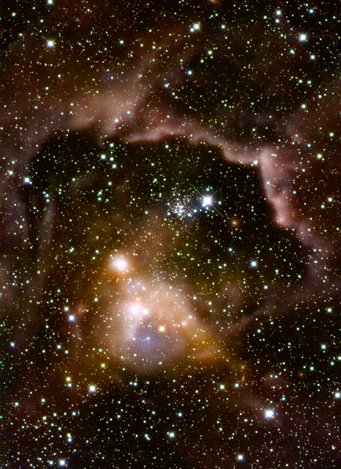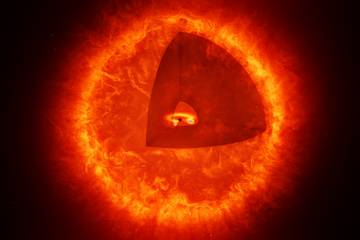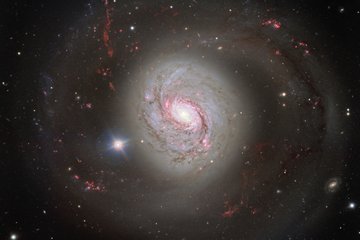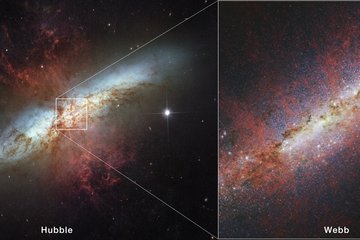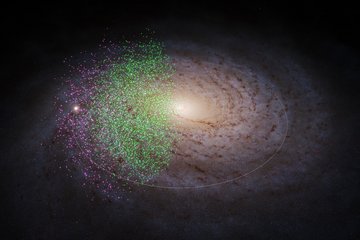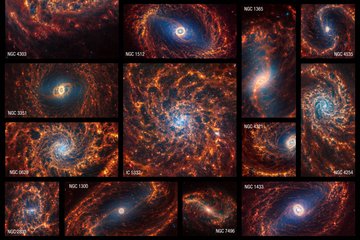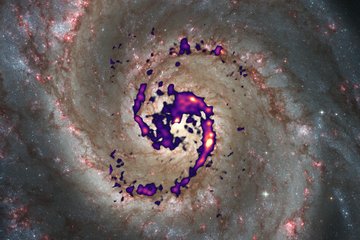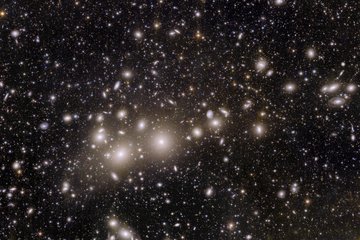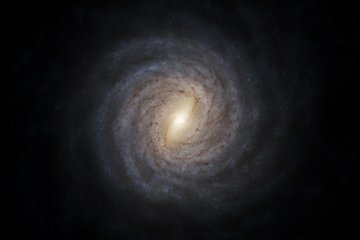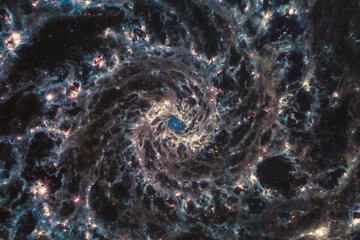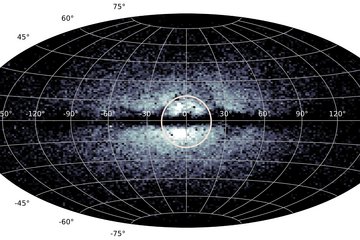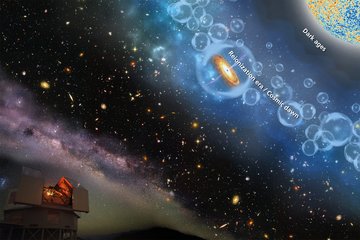High-Mass Star Formation
How do the most massive stars in our and other Galaxies form? How do they shape their clustered environment as well as the interstellar medium (ISM)?
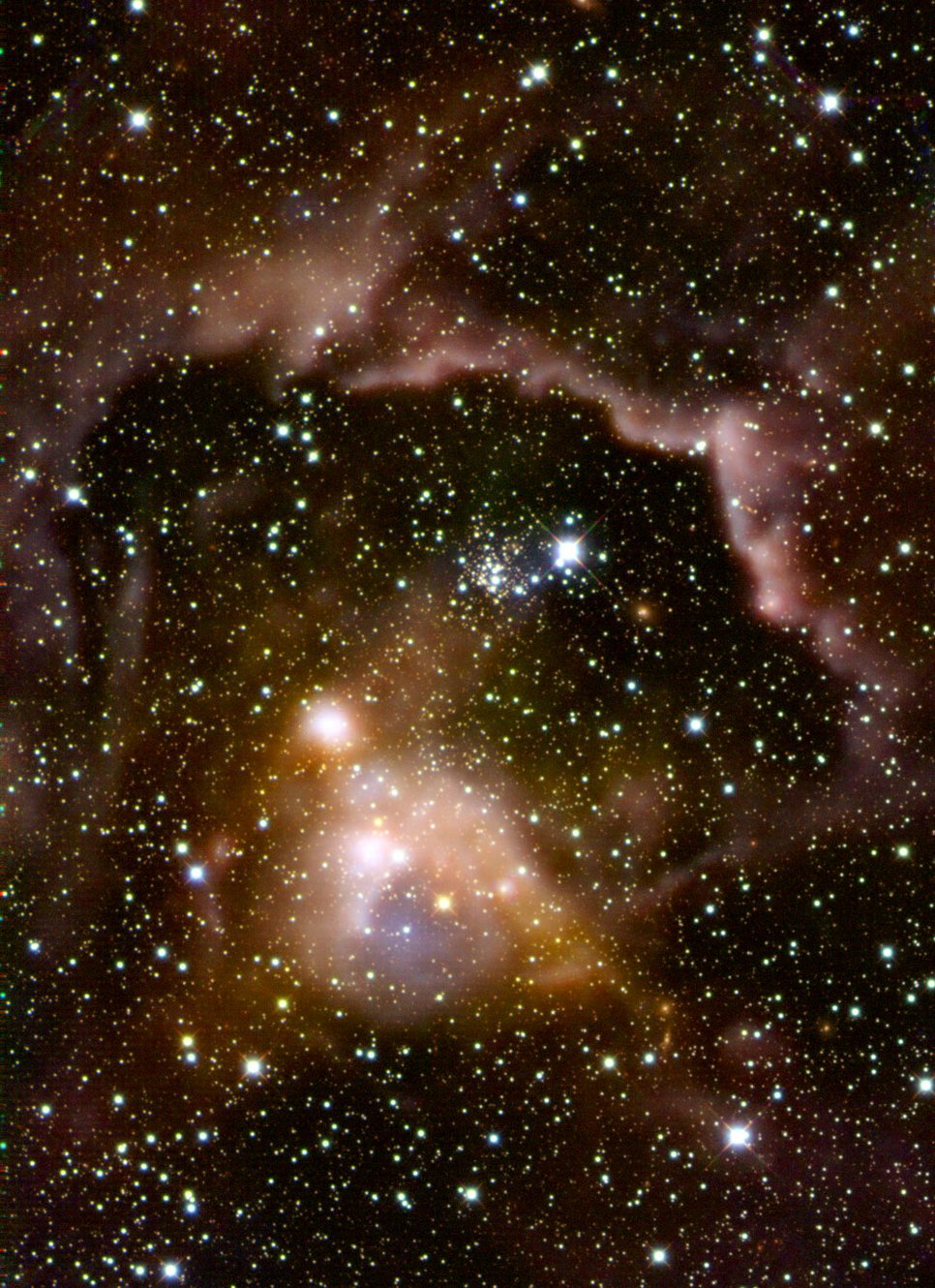
Although the importance of massive stars is undisputed for the production of heavy elements via nucleosynthesis, the formation and energy budget of stellar clusters, the ISM and Galaxies as a whole, the actual physical and chemical formation processes of these hot and luminous gas giants is still poorly constrained.
In the PSF department we are addressing the questions associated with the birth and early evolution of high-mass stars in their cluster context from an observational as well as theoretical perspective. Characterizing the physical and chemical properties of high-mass star-forming regions by a multi-wavelength approach that utilizes observations from state-of-the-art telescopes, as well as setting these results into context with high-resolution numeric simulations of high-mass star and cluster formation, allows us to study the formation of massive stars in great depth.
